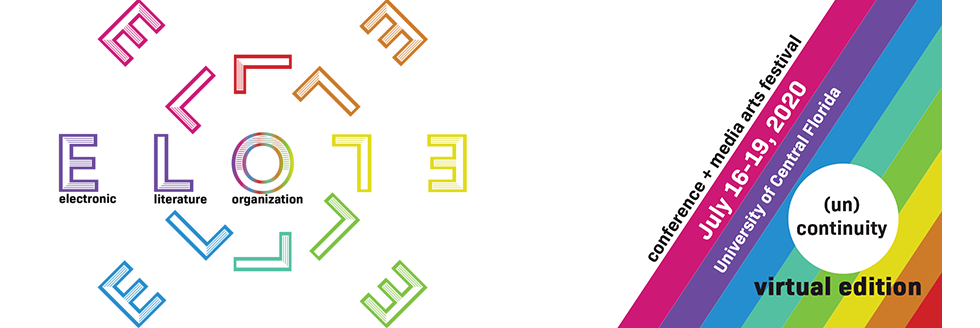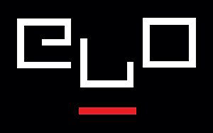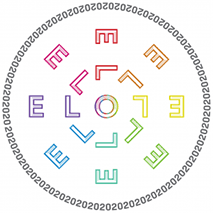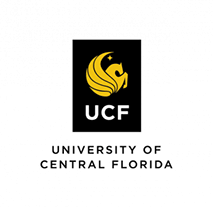Loading...
Submission Type
Conference Talk - Individual
Abstract
(en)Twined Link: http://rachelhorst.ca/entwine/
Arts-based research methodologies are gaining momentum in qualitative inquiry across the disciplines. These diverse methodologies incorporate artistic practice as a way of engaging in both inquiry and the interpretation of data generated from inquiry. Among the reasons to utilize arts-based methodologies are they can: promote public engagement with academic research, expand the researcher’s encounter with data, and shed light on artistic and creative practice itself as an important contributor to knowledge creation. While these methodologies are gaining traction across the academy, the range of artistic practice still tends to focus on more traditional media such as textiles, painting, photography, and the written word. The vast and eclectic world of digital art and literature has been far less explored in the arts-based research context. This presentation explores the digital arts-based representation of data gathered from an ongoing and evolving arts-based inquiry conducted in the Digital Literacy Centre at the University of British Columbia.
The data presented in this presentation was gathered from a workshop entitled ‘the Patch,’ which was designed as a series of processes connected in a circuit/flow from the initial input of a text (in this case, a story by Jorge Luis Borges) to its diffracted modalities of poetry, midi sonifications, and poetic performances. The Patch workshop maps the generative flow of idea forms through digital and analogue processes, enabling rich collaborations among the humans and other-than-humans in the generative space of the event. We participated in and facilitated this arts-based workshop with 80 teacher candidate students, gathering a rich corpus of data in the form of creative word lists, cut-up poetry, human and algorithmically generated textual networks, audio and video-recorded poetic performances, and sonic midi transformations of the poetic string data. While presentation of this data in the form of an academic paper was a useful exercise, the form seemed ultimately constrained by its narrative and explanatory linearity, the confines of the digital page, and the rhetorical structure of the social sciences research paper.
In this presentation, we share the process of representing our data in the form of an interactive narrative artifact using the Twine platform. Re-mapping the data in this digital space enabled us to newly encounter and elaborate upon the theoretical ideas underpinning the research as well as the data itself; in this way, creating the Twine became an extension and concretization of the Patch methodology. The affordances and constraints of Twine are under consideration here, as well as the aesthetics of re/presentation in this digital space. We suggest that this digital medium, with its non-linearity, interactivity, and the topographies of html, provides a rich resource for scholars looking for innovative platforms for analysis, representation of research, and enTwining as research. Furthermore, we question the culminating artifact itself and whether it has inherent pragmatic or artistic merit beyond the confines of this inquiry. In the presentation, we will invite interactive exploration of the artifact and share it in the social annotation tool hypothes.is, inviting creative and critical engagement with the theory and data embedded therein.
EnTwining the data: A digital arts-based representation of research
(en)Twined Link: http://rachelhorst.ca/entwine/
Arts-based research methodologies are gaining momentum in qualitative inquiry across the disciplines. These diverse methodologies incorporate artistic practice as a way of engaging in both inquiry and the interpretation of data generated from inquiry. Among the reasons to utilize arts-based methodologies are they can: promote public engagement with academic research, expand the researcher’s encounter with data, and shed light on artistic and creative practice itself as an important contributor to knowledge creation. While these methodologies are gaining traction across the academy, the range of artistic practice still tends to focus on more traditional media such as textiles, painting, photography, and the written word. The vast and eclectic world of digital art and literature has been far less explored in the arts-based research context. This presentation explores the digital arts-based representation of data gathered from an ongoing and evolving arts-based inquiry conducted in the Digital Literacy Centre at the University of British Columbia.
The data presented in this presentation was gathered from a workshop entitled ‘the Patch,’ which was designed as a series of processes connected in a circuit/flow from the initial input of a text (in this case, a story by Jorge Luis Borges) to its diffracted modalities of poetry, midi sonifications, and poetic performances. The Patch workshop maps the generative flow of idea forms through digital and analogue processes, enabling rich collaborations among the humans and other-than-humans in the generative space of the event. We participated in and facilitated this arts-based workshop with 80 teacher candidate students, gathering a rich corpus of data in the form of creative word lists, cut-up poetry, human and algorithmically generated textual networks, audio and video-recorded poetic performances, and sonic midi transformations of the poetic string data. While presentation of this data in the form of an academic paper was a useful exercise, the form seemed ultimately constrained by its narrative and explanatory linearity, the confines of the digital page, and the rhetorical structure of the social sciences research paper.
In this presentation, we share the process of representing our data in the form of an interactive narrative artifact using the Twine platform. Re-mapping the data in this digital space enabled us to newly encounter and elaborate upon the theoretical ideas underpinning the research as well as the data itself; in this way, creating the Twine became an extension and concretization of the Patch methodology. The affordances and constraints of Twine are under consideration here, as well as the aesthetics of re/presentation in this digital space. We suggest that this digital medium, with its non-linearity, interactivity, and the topographies of html, provides a rich resource for scholars looking for innovative platforms for analysis, representation of research, and enTwining as research. Furthermore, we question the culminating artifact itself and whether it has inherent pragmatic or artistic merit beyond the confines of this inquiry. In the presentation, we will invite interactive exploration of the artifact and share it in the social annotation tool hypothes.is, inviting creative and critical engagement with the theory and data embedded therein.




Bio
Rachel Horst is a SSHRC-funded PhD student in the Department of Language and Literacy Education at the University of British Columbia, Canada. In her research she explores narrative as a methodology for engaging with future potentiality. Through arts-based inquiry she navigates the generative confluence of genres and modalities with the aim of cultivating future-oriented literacies that are founded upon hope and increased potentiality. Motivating her research is an interest in digital literacy and digital arts-based inquiry, makerspace technologies, computational thinking, and post humanist epistemologies.
Esteban Morales is a Ph.D. student in the Language and Literacy Education program at the University of British Columbia (Canada). He holds a master’s degree in Educational Technology and Learning Design from Simon Fraser University (Canada) and a master’s degree in Transmedia Communication from EAFIT University (Colombia). His main research interest is how digital literacies relate to the notion of citizenship in young adults.